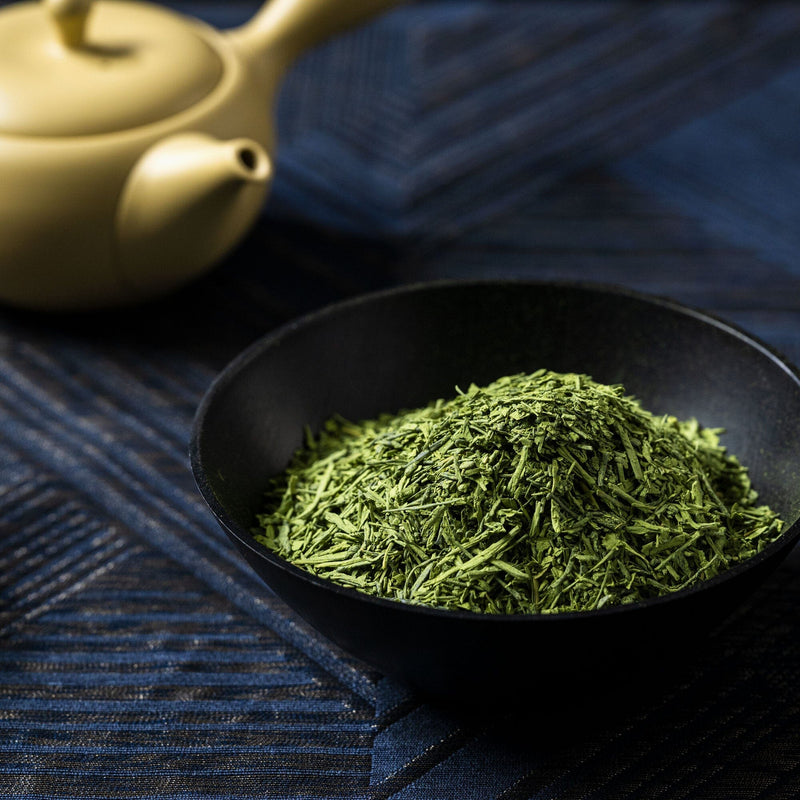- All Tea •
- Pu'er & Dark Tea • Doi Wawee Sheng Pu'er Vintage Spring 2022














Doi Wawee Sheng Pu'er Vintage Spring 2022




Red cedar, orchid, lily,
agar wood and wild honey
About this tea
Origin
Doi Wawee, Thailand
Cultivar
Heirloom assamica from ancient tree (seed)
Harvest
March - May & October
Elevation
900 - 1150 meters
Ingredients
Pu'er tea


Ingredients
Pu'er tea
Origin
Doi Wawee, Thailand
Cultivar
Heirloom assamica from ancient tree (seed)
Harvest
March - May & October
Elevation
900 - 1150 meters


Origin
Doi Wawee
Chiang Rai Province, Northern Thailand
Throughout northern Thailand there are many old, abandoned tea plantations that have been left to grow wild from centuries past. Known locally by the Thais as “Assam tea,” these trees are part of an ancient tea journey that traces its roots back to the 11th and 12th Centuries. It is thought that the Bulang and Dai ethnic peoples were the pioneers of tea in this region and both groups planted tea seeds wherever they migrated. In more modern times, ethnic Han Chinese from Yunnan settled in the region and became stewards of the ancient tea tree forests and plantations. They began to produce tea in Doi Wawee according to Yunnan Pu’er tea practices and traditions. At this time, the village of Doi Wawee is glorified by tea lovers and is known as, 茶房 or “the village of tea.”






Preparation
- Imperial
- Metric
Traditional Tea Preparation
Chip the cake carefully with a pick or Pu’er dagger.
Add 7g - 8g to a Gaiwan or Gongfu teapot (per 150ml-200ml).
Use 212°F boiling water.
Briefly rinse leaves for 5 - 10 seconds. Decant and discard this rinse infusion.
Proceed to infuse the tea using boiling water. Enjoy each infusion individually and savor the flavors of each round.
Decant 1st, 2nd, 3rd and 4th infusions after 10 - 20 seconds. The tea infuses fast and gives out its strength in the beginning of the session. Brew the tea several times until the taste weakens.
Increase the infusion time to your taste preference after you become familiar with the tea. The bitterness, strength, power and Qi forces will come out in the later brews with increased infusion time.

Customer Favorites
- Ronald B.Verified BuyerI recommend this productRated 5 out of 5 stars6 months agoA wonderful tea
A wonderful tea with great flavor and really strong cha qi.
Was this helpful? - John L.Verified BuyerI recommend this productRated 5 out of 5 stars1 year agoI don’t drink coffee--hate it! But this Pu’er Vintage tea is right on!
It has a very strong peaty, smoky, smooth flavor that goes well with a strong Maduro cigar!!
Was this helpful? - Jacob E.Verified BuyerI recommend this productRated 5 out of 5 stars1 year agoI like this tea.
Very special tea
Was this helpful? - Jamie G.Verified BuyerI recommend this productRated 5 out of 5 stars2 years agoDelicious.
Delicious.
Was this helpful?
 Winter Teas
Winter Teas










































































































